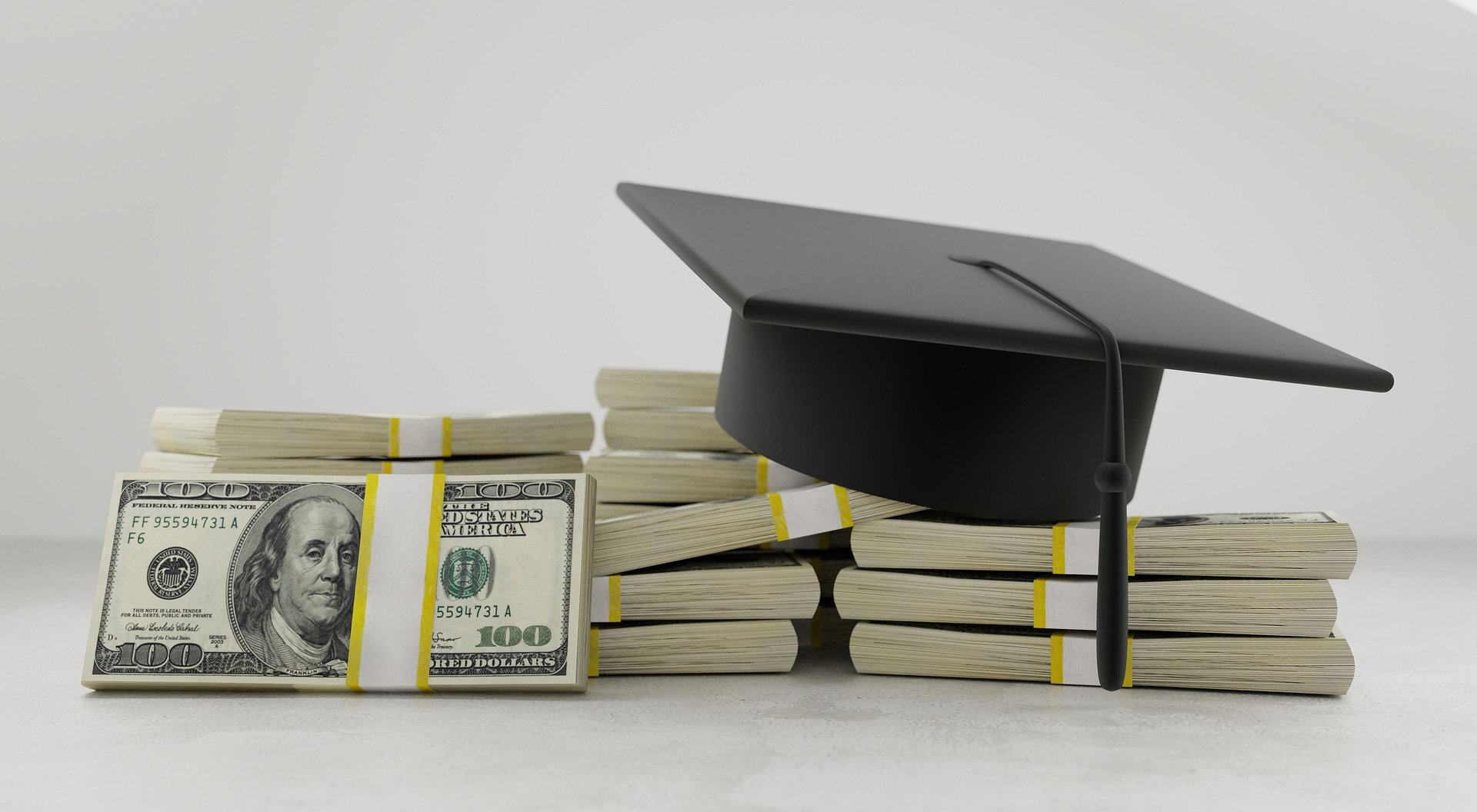What to know about the SAVE plan, the income-driven plan to repay student loans
NEW YORK (AP) — More than 75 million student loan borrowers have enrolled in the U.S. government's newest repayment plan since it launched in August.
President Joe Biden recently announced that he was canceling federal student loans for nearly 153,000 borrowers enrolled in the plan, known as the SAVE plan. Forgiveness was granted to borrowers who had made payments for at least 10 years and originally borrowed $12,000 or less.
The SAVE plan was created last year to replace other existing income-based repayment plans offered by the federal government. More borrowers are now eligible to have their monthly payments reduced to $0, and many will qualify for lower payments compared to other repayment plans.
For Lauran Michael and her husband, the SAVE plan has reduced student loan payments by half.
Since getting married, they've both been paying off her husband's student loans, which would have amounted to about $1,000 a month when payments resumed after a pause during the pandemic. Under the SAVE plan, their payments are now $530 a month.
"We don't want our loans dictating our life choices, and us not being able to do other things because we're paying so much money. The SAVE plan is definitely a game changer for us," said Michael, a 34-year-old interior designer in Raleigh, North Carolina.
Michael's family is paying for daycare for their two children using the money they saved from not making payments during the pandemic and the reduced payments under the SAVE plan.
If you are interested in applying for the SAVE plan, here's what you need to know:
WHAT IS AN INCOME-DRIVEN REPAYMENT PLAN?
The U.S. Education Department offers several plans for repaying federal student loans. Under the standard plan, borrowers are charged a fixed monthly amount that ensures all their debt will be repaid after 10 years. But if borrowers have difficulty paying that amount, they can enroll in one of several plans that offer lower monthly payments based on income and family size. Those are known as income-driven repayment plans.
Income-driven options have been offered for years and generally cap monthly payments at 10% of a borrower's discretionary income. If a borrower's earnings are low enough, their bill is reduced to $0. And after 20 or 25 years, any remaining debt gets erased.
HOW IS THE SAVE PLAN DIFFERENT?
More borrowers in the SAVE plan are eligible for $0 payments. This plan won't require borrowers to make payments if they earn less than 225% of the federal poverty line — $32,800 a year for a single person. The cutoff for other plans, by contrast, is 150% of the poverty line, or $22,000 a year for a single person.
Also, the SAVE plan prevents interest from piling up. As long as borrowers make their monthly payments, their overall balance won't increase. Once they cover their adjusted monthly payment — even if it's $0 — any remaining interest is waived.
Other major changes will take effect in July 2024. Payments on undergraduate loans will be capped at 5% of discretionary income, down from 10% now. Those with graduate and undergraduate loans will pay between 5% and 10%, depending on their original loan balance.
The maximum repayment period is capped at 20 years for those with only undergraduate loans and 25 years for those with any graduate school loans.
WHO QUALIFIES FOR THE SAVE PLAN?
The SAVE plan is available to all student loan borrowers in the Direct Loan Program who are in good standing on their loans.
Read more about the SAVE plan here.
HOW DO I APPLY FOR THE SAVE PLAN?
Borrowers can apply to the SAVE plan using the Income-Driven Repayment Plan request through the Education Department's website.
HOW WILL I KNOW THAT MY DEBT HAS BEEN CANCELED?
If you are one of the borrowers who is benefitting from forgiveness under the SAVE plan, you will receive an email from the Education Department.
WHAT ARE OTHER PROGRAMS THAT CAN HELP WITH STUDENT LOAN DEBT?
If you've worked for a government agency or a nonprofit, the Public Service Loan Forgiveness program offers cancellation after 10 years of regular payments, and some income-driven repayment plans cancel the remainder of a borrower's debt after 20 to 25 years.
Borrowers should make sure they're signed up for the best possible income-driven repayment plan to qualify for these programs.
Borrowers who have been defrauded by for-profit colleges may also apply for relief through a program known as Borrower Defense.
If you'd like to repay your federal student loans under an income-driven plan, the first step is to fill out an application through the Federal Student Aid website.
WILL THERE BE FUTURE FORGIVENESS?
Several categories of borrowers would be eligible for relief under Biden's second try at widespread cancellation after the Supreme Court rejected his first plan last year.
The proposed plan includes relief for borrowers who have been paying their loans for at least 20 or 25 years, automatic forgiveness for borrowers who are eligible for income-driven repayment plans but are not enrolled, and loan cancellation for borrowers who attended a for-profit college that left them unable to pay their student loans, among others.
Whether any of the relief will materialize is a looming question as conservatives vow to challenge any attempt at mass student loan cancellation. The new proposal is narrower, focusing on several categories of borrowers who could get some or all of their loans canceled, but legal challenge is almost certain.
Currently, borrowers who are eligible for forgiveness under the SAVE program will get their loans discharged on a rolling basis, according to the Education Department.
More Articles to Read

